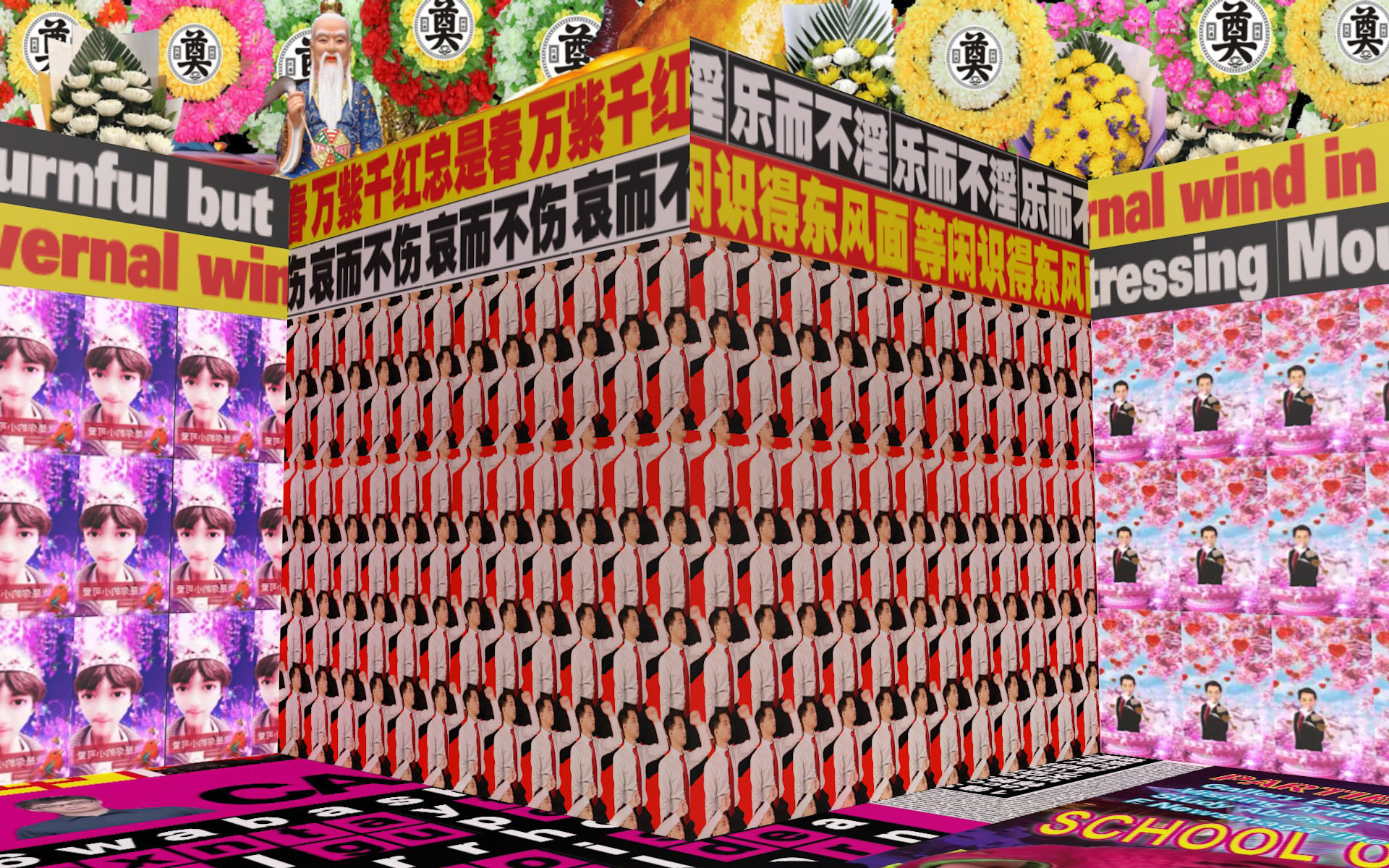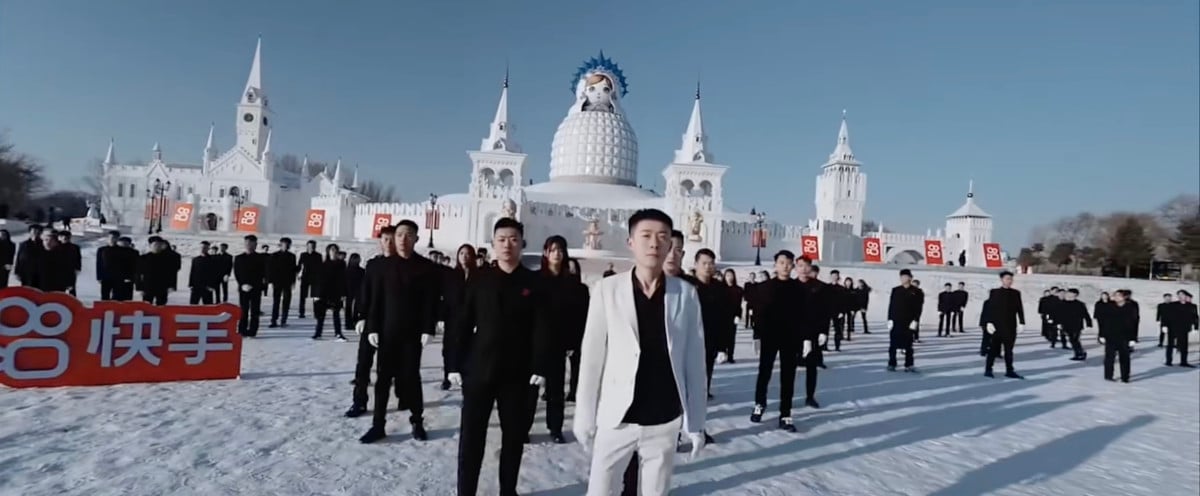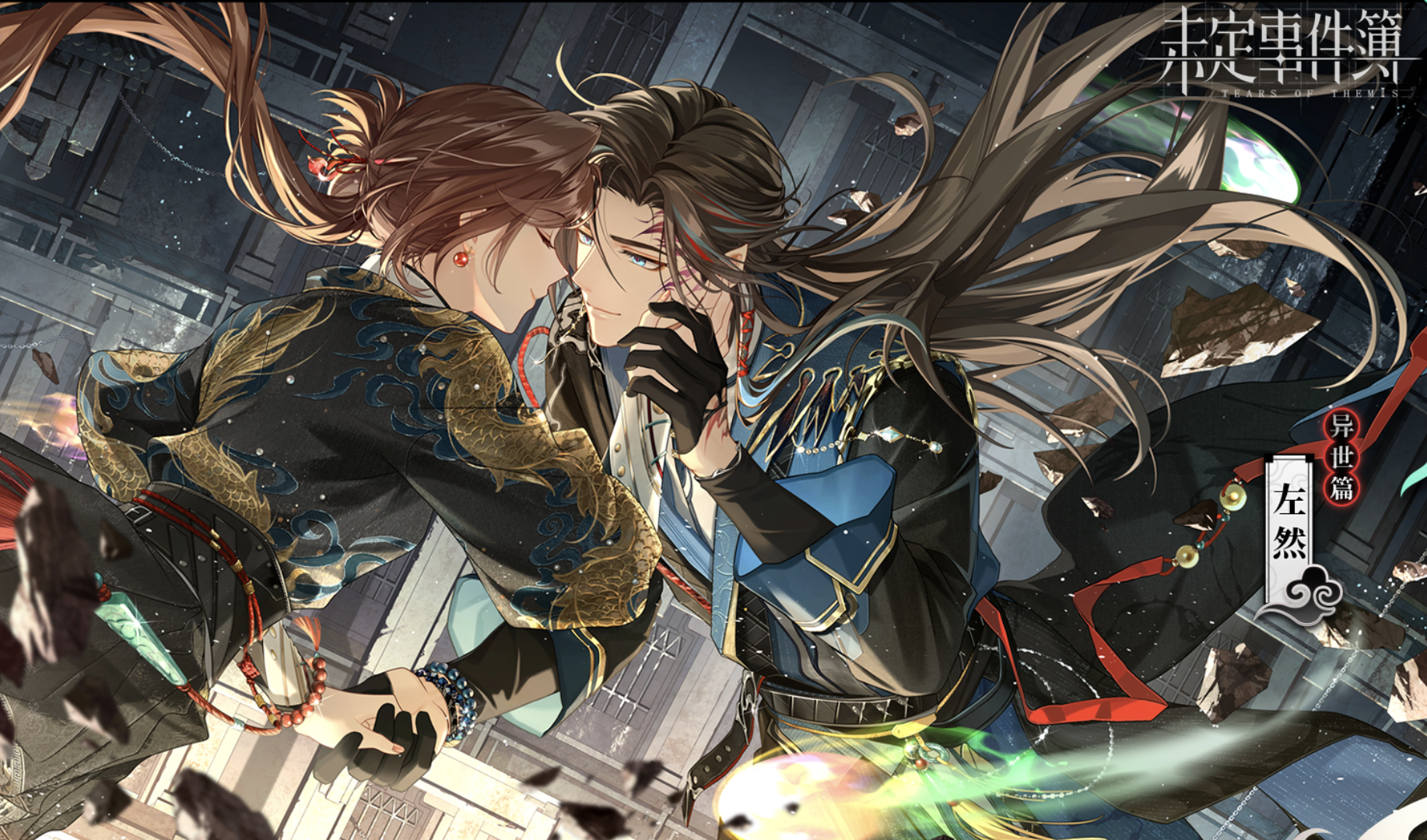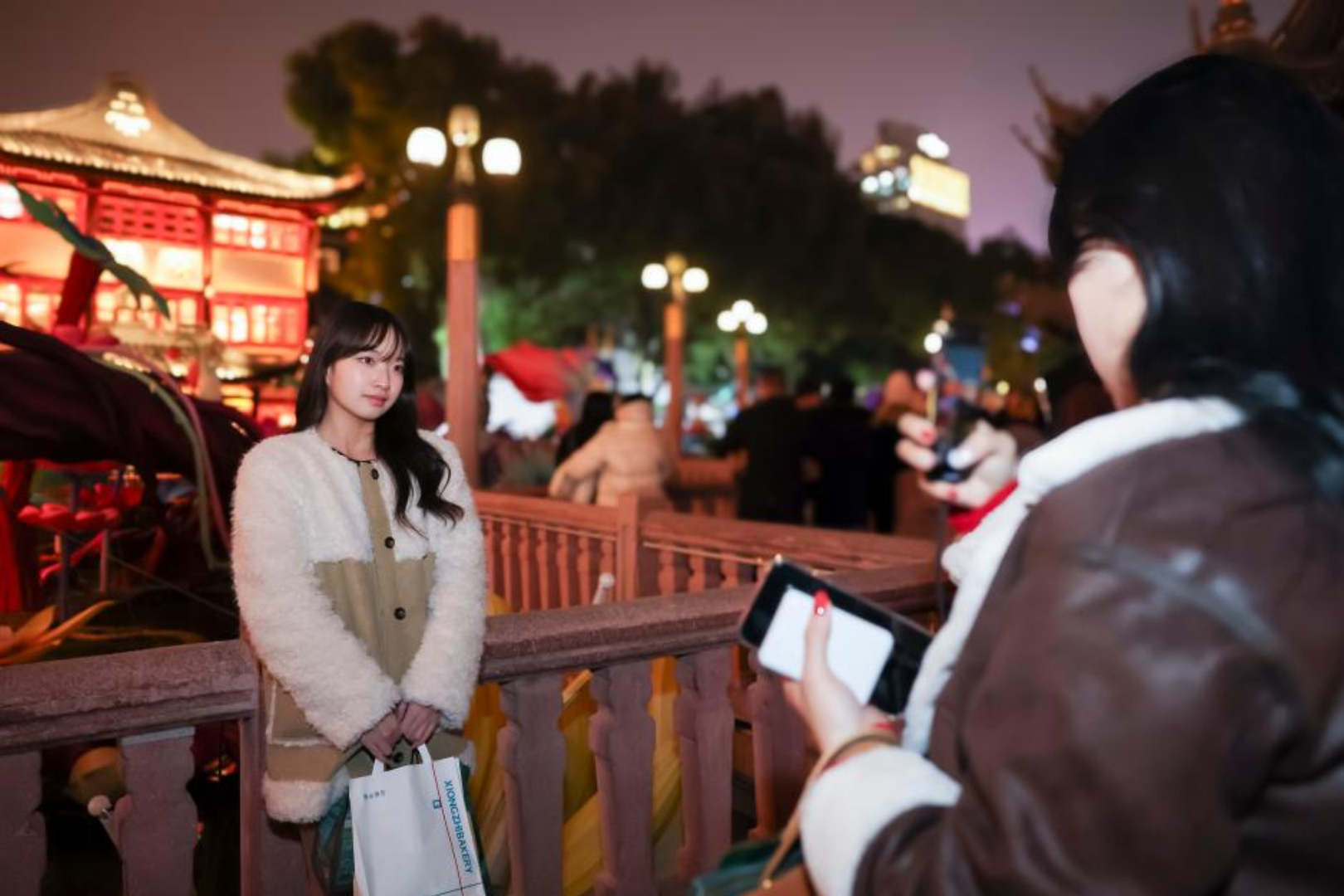In 2014, with the rise of the first wave of short video social media platforms in China, “社会摇” (shè huì yáo, social shake) gained national attention. Originating in disco halls in less developed regions, “social shake” became a viral dance due to its simple and easy-to-follow moves. As described by China News, the dance consists of “shoulder shaking, hand swinging, head nodding, waist twisting, squatting, and leg kicking, all set to intense electronic beats.” It has no fixed movements — dancers simply sway to the rhythm however they like.
The trend spread rapidly across China, even making it onto mainstream stages like the New Year’s Gala. However, in 2018, it was banned from official and mainstream media, facing criticism for being “vulgar.”
Among the variations on social shake that have since followed, Qinghai Yao, or Qinghai shake, became one of the most successful. Infused with elements of traditional ethnic dances from the northwestern city of Qinghai, it quickly transitioned from a local dance style to a nationwide sensation.
The dance’s creator, Zhang Shiyao, is from a rural area of Qinghai. Despite the ban on social shake, his career did not pause. Instead, he continued his live-streaming business and earned enough to purchase a Rolls-Royce Cullinan, a model valued at approximately 7 million RMB.
Last November, Zhang Shiyao announced his plan to expand his live-streaming company, seeking 100 dancers to perform Qinghai Yao together in a recorded event. The recruitment requirements quickly went viral online. According to netizens, no professional skills were needed — just the ability to dance the social shake.
The job offer came with an attractive monthly salary of 7,000 RMB (about $1,000 USD), with full social insurance and fixed working hours (10 AM to 4 PM, Monday to Friday), weekends and public holidays off.
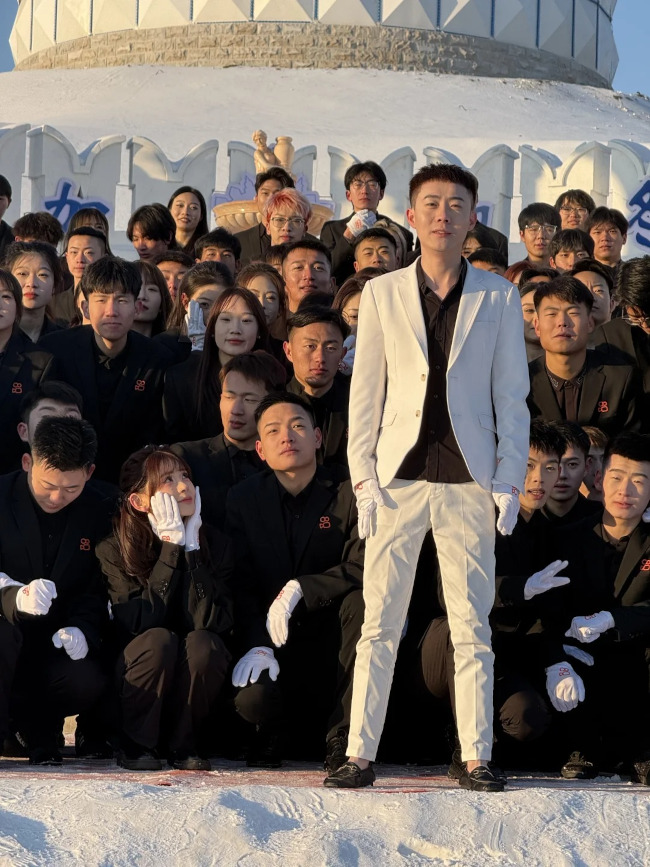
The high salary and lenient requirements caught the attention of many netizens, including fresh graduates from China’s most prestigious universities — those in “Project 985” and “Project 211,” elite recruitment lists in China’s best universities. These top-tier students, struggling to find jobs due to a grim economic outlook, stumbled upon Shiyao’s job posting while searching for opportunities during the autumn recruitment period (qiu zhao).
Every night in Zhang Shiyao’s live-streaming room, graduates with Master’s and even Ph.D. degrees connect to his livestream to perform Qinghai Yao — showcasing the moves they secretly practiced during working breaks. They jokingly call their academic achievements a “debuff” in the job hunt, but they remain hopeful that, through hard work, they can still qualify for a job dancing Qinghai Yao.
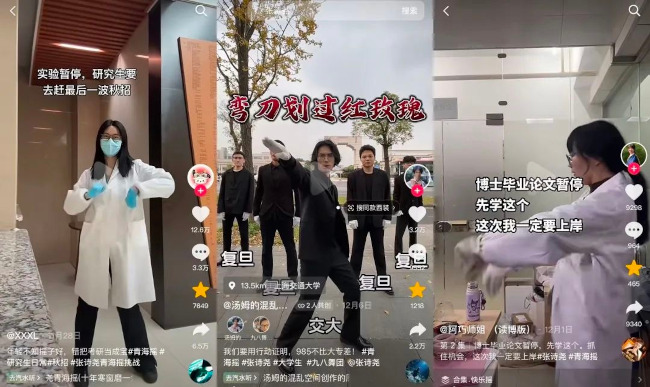
This phenomenon is more than just an internet trend: it’s a reflection of China’s distorted job market.
For these elite graduates, applying to dance Qinghai Yao isn’t necessarily about securing the job itself — it’s a way to vent their frustration. Their parents, who lived through China’s rapid economic boom, struggle to understand the immense pressure and bleak employment prospects their children face today.
Even Zhang Shiyao himself has repeatedly warned his audience not to quit school in pursuit of a live-streaming career. When a group of students from the Communication University of China connected to his livestream, he spent nearly an hour advising them on the importance of education. His own sister was able to attend university thanks to his financial support, and as someone who started from nothing, he understands that not everyone should rely on luck to achieve financial freedom through dancing on the internet.
The graduates obviously understand this reality too. But when faced with the stark contrast between dancing Qinghai Yao for a Rolls-Royce and working overtime in a corporate job for a fraction of that income, their “application” to Qinghai Yao is less about the job itself and more about sending a message.

To study or not to study — it has suddenly become a question for students in China, who have long been told that scoring well on the nationwide college entrance exam, the gaokao, is the only path to changing their fate and achieving wealth.
In the era of the internet economy, however, ways to make money have diversified in unexpected ways. These lost young people are moving, shaking, and concealing their frustration and confusion about their future careers beneath the lighthearted moves of Qinghai Yao.
